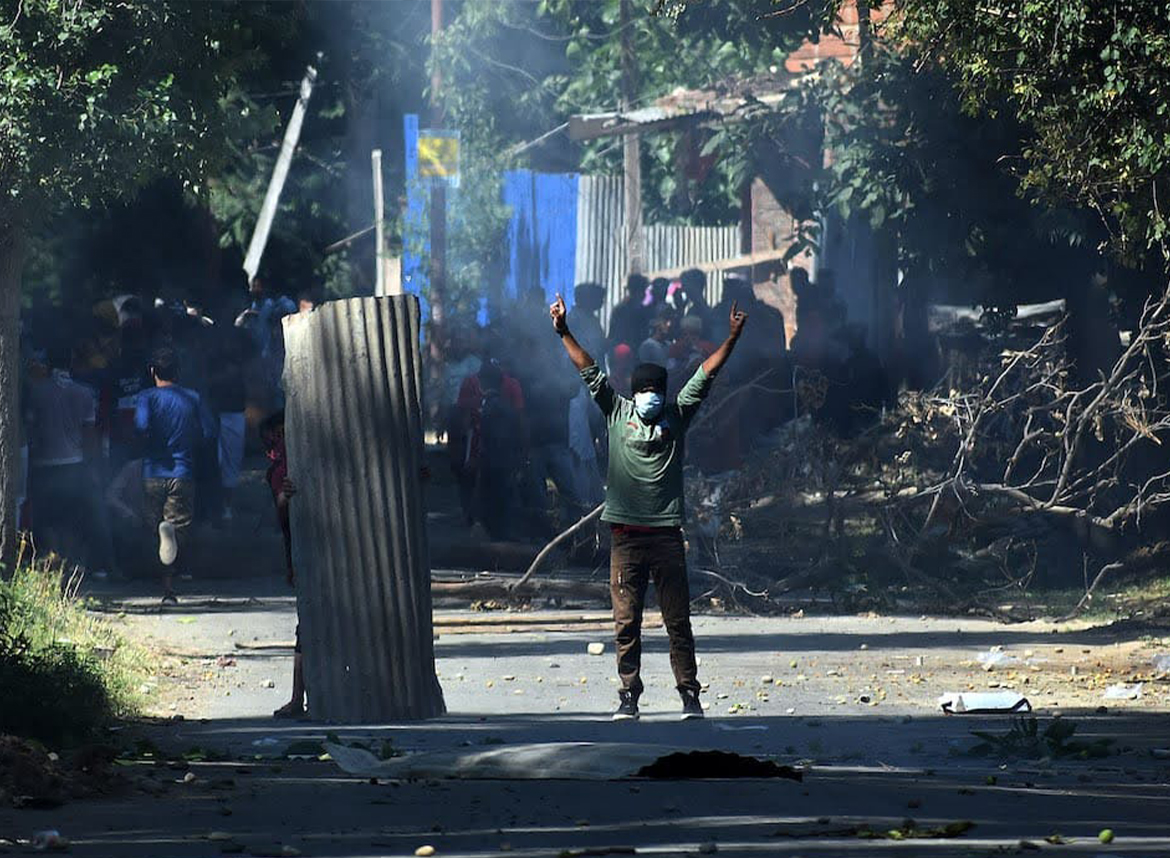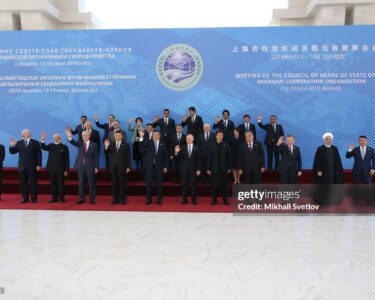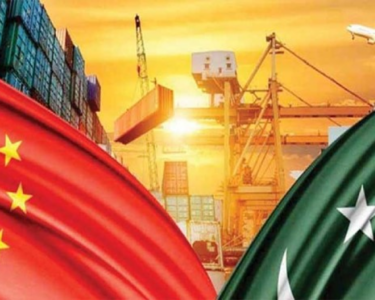The Kashmir conflict has been a longstanding and complex issue, marked by decades of insurgency, heavy militarization, and significant human rights concerns. Situated between India and Pakistan, Kashmir’s struggle poses a substantial challenge to peace and stability in South Asia. The insurgency in Kashmir stems from colonial-era promises, post-independence missteps, and growing discontent among Kashmiris due to what many perceive as oppressive governance by the Indian state. Today, as tensions persist, understanding the conflict’s historical roots and exploring potential future directions are crucial for envisioning a peaceful and just resolution.
The origins of the insurgency in Kashmir date back to 1947, when British India was divided into two separate nations: India and Pakistan. Maharaja Hari Singh, the ruler of the princely state of Jammu and Kashmir, faced pressure to join either newly formed nation. After an invasion by tribal militias from Pakistan, he signed the Instrument of Accession with India, making Kashmir part of India under special circumstances, with autonomy promised to the region. However, the accession remained conditional, pending a plebiscite to allow the people of Kashmir to decide their future—a promise that remains unfulfilled to this day. India’s failure to hold the promised plebiscite and its steady erosion of Kashmir’s autonomy, especially under Article 370, have fueled resentment. The 1987 Jammu and Kashmir legislative elections, widely perceived as rigged by the Indian government to keep pro-India parties in power, served as a tipping point. The disillusioned Kashmiri population, particularly the youth, saw armed resistance as the only viable option to achieve self-determination, leading to an insurgency that gained momentum in the 1990s and persists today.
India’s response to the insurgency has been characterized by extensive militarization. The Armed Forces Special Powers Act (AFSPA) grants Indian armed forces sweeping powers in the region, leading to a high rate of alleged human rights abuses, extrajudicial killings, torture, and sexual violence against Kashmiris. The number of troops stationed in the Kashmir Valley has fluctuated over the years, but estimates suggest that there are currently more than half a million military personnel present. This overwhelming military presence has turned the lives of ordinary Kashmiris into a daily ordeal. Independent human rights organizations have documented numerous abuses, but India has generally dismissed these findings, attributing violence to Pakistan-sponsored terrorism and insurgent groups. However, dismissing the grievances of the Kashmiri population under the pretext of “national security” fails to address the fundamental issues and only adds fuel to the fire of resentment. The local population’s anger is not solely directed toward militants but also toward a system they feel has systematically repressed their voices and aspirations.
On August 5, 2019, the Indian government took a unilateral step to revoke Article 370 of the Indian Constitution, which granted Jammu and Kashmir a special status within the Indian Union. This move effectively removed the region’s limited autonomy and integrated it fully into the Indian state without consulting local leaders or the population. The decision, which came with a severe crackdown on dissent, internet blackouts, and mass arrests of local leaders, marked a significant turning point in Kashmir’s history. While the government claimed that this move would bring development and curb terrorism, the decision to revoke Article 370 has led to increased resentment and alienation. The Indian government has since enacted laws enabling the acquisition of land by non-Kashmiris, which has fueled fears of demographic change, a concern widely shared among Kashmiris. Many see this as an attempt to alter the region’s ethnic composition, undermining their right to self-determination. Instead of bringing peace, the revocation has intensified distrust, reinforced by the government’s disregard for Kashmiri political agency and autonomy.
The Indian government has frequently touted economic development as the ultimate solution to Kashmir’s unrest. However, despite grand promises, the region continues to lag behind other parts of India economically. The heavy militarization and frequent shutdowns have crippled the local economy, stifling tourism—a primary income source for many Kashmiris. Policies that were supposed to lead to investment and development have instead exacerbated poverty and unemployment, particularly among the youth, who often feel they have no stake in a system that systematically sidelines them. The restrictions on the internet, one of the longest internet blackouts in a democratic country, have also taken a heavy toll on the educational and professional aspirations of young Kashmiris. This suppression of fundamental rights has fueled more alienation, leading many to question the sincerity of the government’s development agenda in the region.
India has also faced criticism for its heavy-handed approach toward the media in Kashmir. Journalists attempting to report on the ground realities in Kashmir are often harassed, detained, or intimidated. The government’s attempt to control the narrative has been widely criticized for stifling press freedom, which is crucial for transparency and accountability. This restriction on independent reporting has created a one-sided narrative that reinforces the government’s viewpoint and further delegitimizes the grievances of the Kashmiri people. International media and human rights organizations have repeatedly condemned this approach, arguing that the suppression of information only serves to intensify distrust and misunderstandings. Without transparency and freedom of the press, the voices of ordinary Kashmiris remain silenced, perpetuating a sense of disenfranchisement and resentment.
The question of Kashmir’s future remains contentious, but several approaches could potentially lead to peace, if sincerely pursued. These approaches would require the Indian government to reevaluate its policies and make meaningful efforts to address the aspirations of the Kashmiri people. One possible step toward de-escalation would be to restore a degree of autonomy to Jammu and Kashmir, respecting the original spirit of Article 370 and allowing Kashmiris to have more control over their political and economic destiny. Genuine autonomy could alleviate some of the resentment and foster trust between Kashmir and the Indian government. The Indian government should also ensure that any future elections in Jammu and Kashmir are transparent and free from external influence. Empowering legitimate local leaders could create avenues for dialogue and give the Kashmiri people a sense of representation, which has been absent for decades. An independent investigation into alleged human rights abuses by security forces in Kashmir would be a crucial step toward rebuilding trust.




